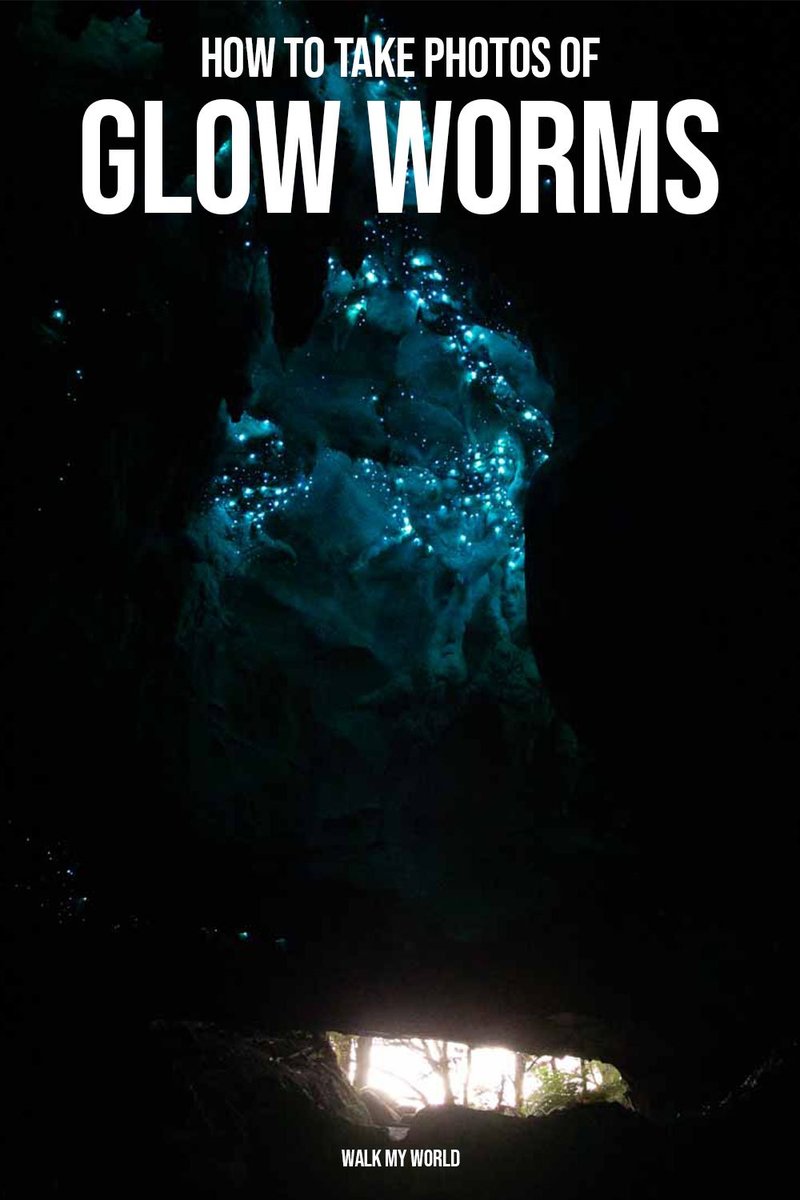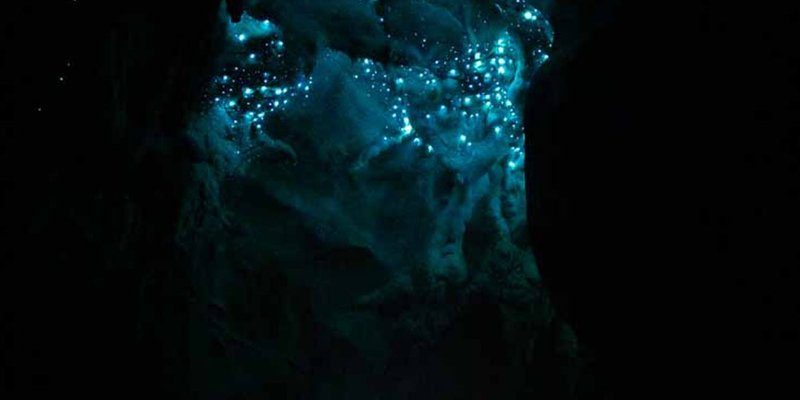
So, let’s dive into the world of night photography. It’s really about embracing the darkness, using patience, and understanding how to capture these glowing wonders in their most natural state. If you’re new to photography, don’t sweat it! I’ll guide you through the basics—no need for fancy equipment or professional experience. You’ll just need a good camera, a sturdy tripod, and a little know-how.
Understanding Glow Worms
Before we get into the nitty-gritty of photography, it’s worth taking a moment to understand what glow worms actually are. Contrary to their name, glow worms are not worms at all. They’re the larvae of beetles, particularly the species *Lampyridae*. You’ll often find them hanging out in dark, damp environments like caves or dense forests, where they emit a soft blue-green light.
This glow comes from a chemical reaction in their bodies. Essentially, they use this light to attract flying insects, which they then snack on. Pretty neat, right? So, when you’re photographing them, it’s important to be respectful of their habitat and natural behaviors. Keeping a low profile and avoiding bright lights will help you capture stunning images without disturbing their environment.
Choosing the Right Equipment
To photograph glow worms effectively, you don’t need to break the bank. Here’s a list of some essential equipment to consider:
- Camera: A DSLR or mirrorless camera is ideal, but even a smartphone can work if it has a good low-light feature.
- Lens: A lens with a wide aperture (like f/2.8 or lower) is great for gathering light. If you’re using a smartphone, look for one with a low-light mode.
- Tripod: This is key! A sturdy tripod will keep your camera steady during long exposures, which is a must for capturing glow worms at night.
- Remote shutter release: This reduces camera shake when taking photos, particularly in low-light situations.
- Extra batteries: You don’t want to run out of juice while you’re out there!
Using the right gear will make your experience smoother and help you achieve better results.
Finding the Perfect Location
Now that you’ve got your gear sorted, you’ll want to find a good spot to photograph glow worms. Look for dark, damp environments where these critters thrive. Here are some tips to help you locate the best places:
1. Research Areas: Many caves and nature reserves are known for glow worms. Online forums, local guides, or even social media can be great resources.
2. Visit at Night: Glow worms are creatures of the night. Plan your photography session after sunset when they’re most active.
3. Stay Quiet and Respectful: When you arrive, keep noise to a minimum. Bright lights can scare them away, so let your eyes adjust to the darkness.
You might even want to make a trip out of it—some locations are just stunning at night, adding to the overall experience of capturing those glowing beauties.
Camera Settings for Low Light
When it comes to photographing glow worms, knowing how to adjust your camera settings is crucial. Here are some key settings you should consider:
– ISO: Start with a higher ISO (like 800-3200) to capture more light. Just remember, higher ISO can introduce grain, so find a balance that works for your camera.
– Aperture: Use a wide aperture (like f/2.8 or f/4). This lets in more light and helps create a beautiful blur in the background, making the glow worms pop!
– Shutter Speed: You’ll likely need a slower shutter speed (around 10-30 seconds) to properly expose the glow. This means your camera will be capturing light for a longer period, which is great for low-light shots.
Experiment with these settings. Sometimes, the best way to learn is to try different combinations and see what works best for your specific camera and the environment.
Techniques for Capturing Glow Worms
Okay, we’re getting to the fun part—actually taking the photos! Here are some techniques to help you frame those little gems without flash:
1. Use Long Exposures: As mentioned, long exposure times will brighten up your shot without the need for flash. Just make sure your camera is stable on the tripod.
2. Focus on Composition: Think about what else you want in the frame. Maybe the cave walls or the surrounding foliage can provide context to where the glow worms live.
3. Light Painting: If you’re feeling creative, you can use a very dim flashlight to paint light in the scene during your long exposure. Just remember to keep it soft and subtle, so you don’t overwhelm the glow.
Here’s the thing: capturing glow worms is as much about experimenting as it is about technique. Don’t be afraid to try different angles and settings!
Post-Processing Your Images
Once you’ve snapped your photos, it’s time to edit and enhance them. Post-processing can really elevate your images, making those glow worms pop even more. Here are some simple tips:
– Adjust Brightness and Contrast: Use editing software to brighten up the glow while keeping the surrounding areas dark. This contrast can help highlight the glow.
– Color Correction: Sometimes, your camera might capture the glow with a tint. Adjust the colors to make the glow appear more natural.
– Crop and Align: Don’t hesitate to crop and align your images to enhance composition. This helps to focus viewers’ attention on those glowing lights.
You don’t need to be a pro to edit your photos; even basic adjustments can make a big difference!
Common Mistakes to Avoid
As you embark on your glow worm photography journey, watch out for some common pitfalls. Here are a few mistakes to steer clear of:
– Using Flash: It might seem like a good idea, but bright flash can scare off glow worms and ruin your chances of a good shot.
– Rushing the Process: Patience is key. Allow your eyes to adjust to the dark and take your time with settings and compositions.
– Ignoring the Environment: Be mindful of your surroundings. Avoid stepping on sensitive areas and stick to paths to protect natural habitats.
Mistakes are part of learning. If something doesn’t go as planned, just adjust and try again. Remember, the adventure is just as important as the photographs!
Wrapping Up Your Glow Worm Adventure
Photographing glow worms without flash is a beautiful way to connect with nature and capture something truly magical. With the right equipment, a bit of patience, and the understanding of your camera settings, you can create stunning images that showcase these enchanting creatures.
Remember, enjoy the process and don’t get discouraged if things don’t go perfectly the first time around. Each outing brings new opportunities to learn and improve. Get out there, embrace the night, and let those glow worms shine!

